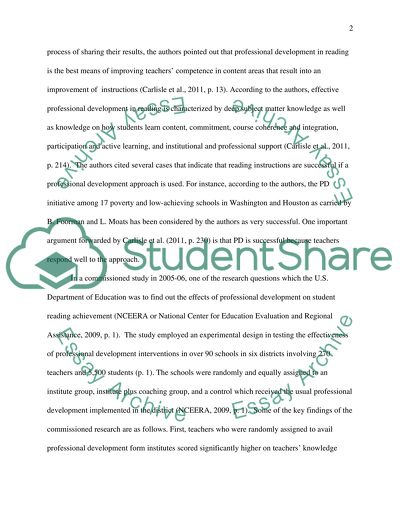Cite this document
(“Professional Development in the Early Reading First Essay”, n.d.)
Retrieved from https://studentshare.org/education/1428169-professional-reading-development
Retrieved from https://studentshare.org/education/1428169-professional-reading-development
(Professional Development in the Early Reading First Essay)
https://studentshare.org/education/1428169-professional-reading-development.
https://studentshare.org/education/1428169-professional-reading-development.
“Professional Development in the Early Reading First Essay”, n.d. https://studentshare.org/education/1428169-professional-reading-development.


